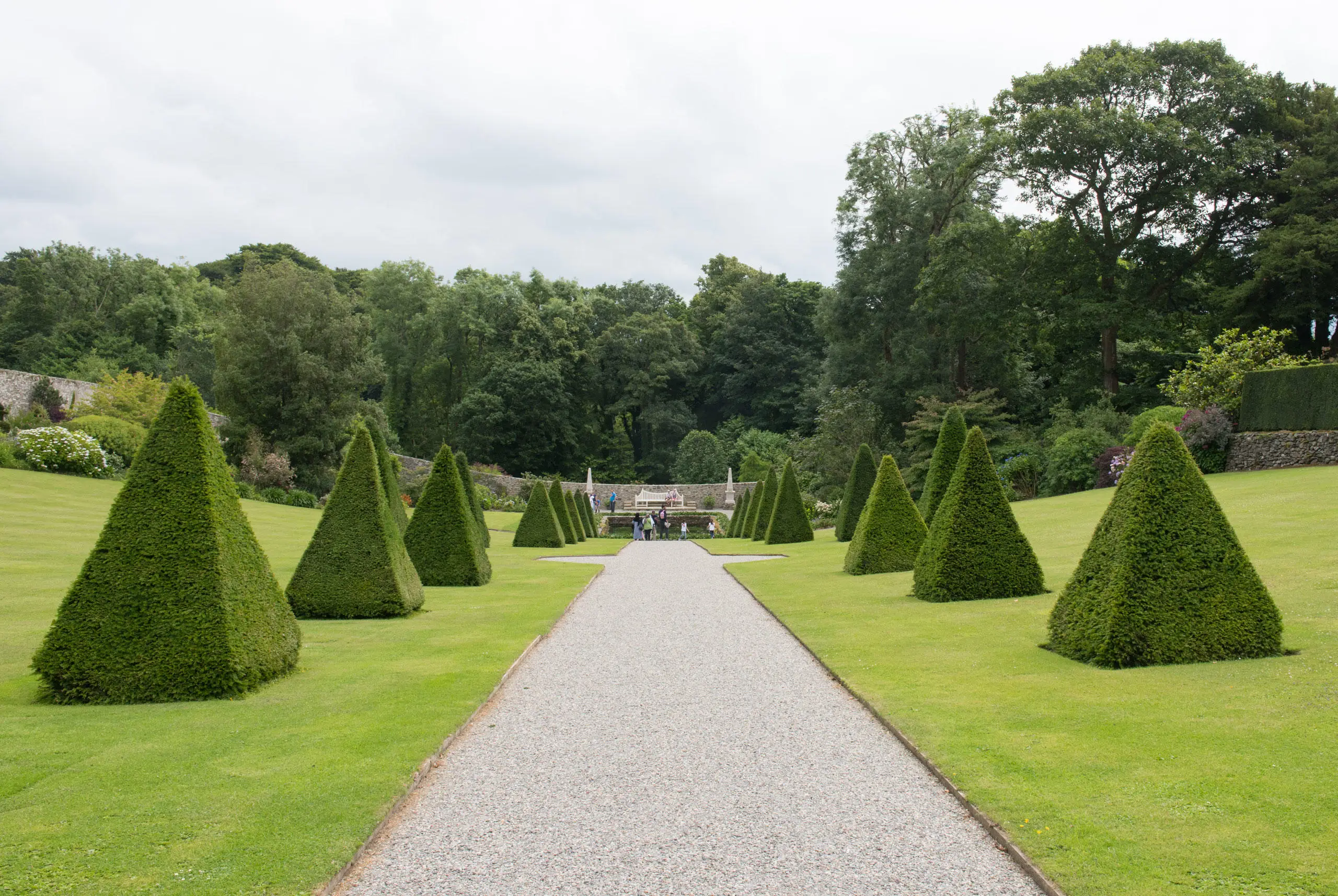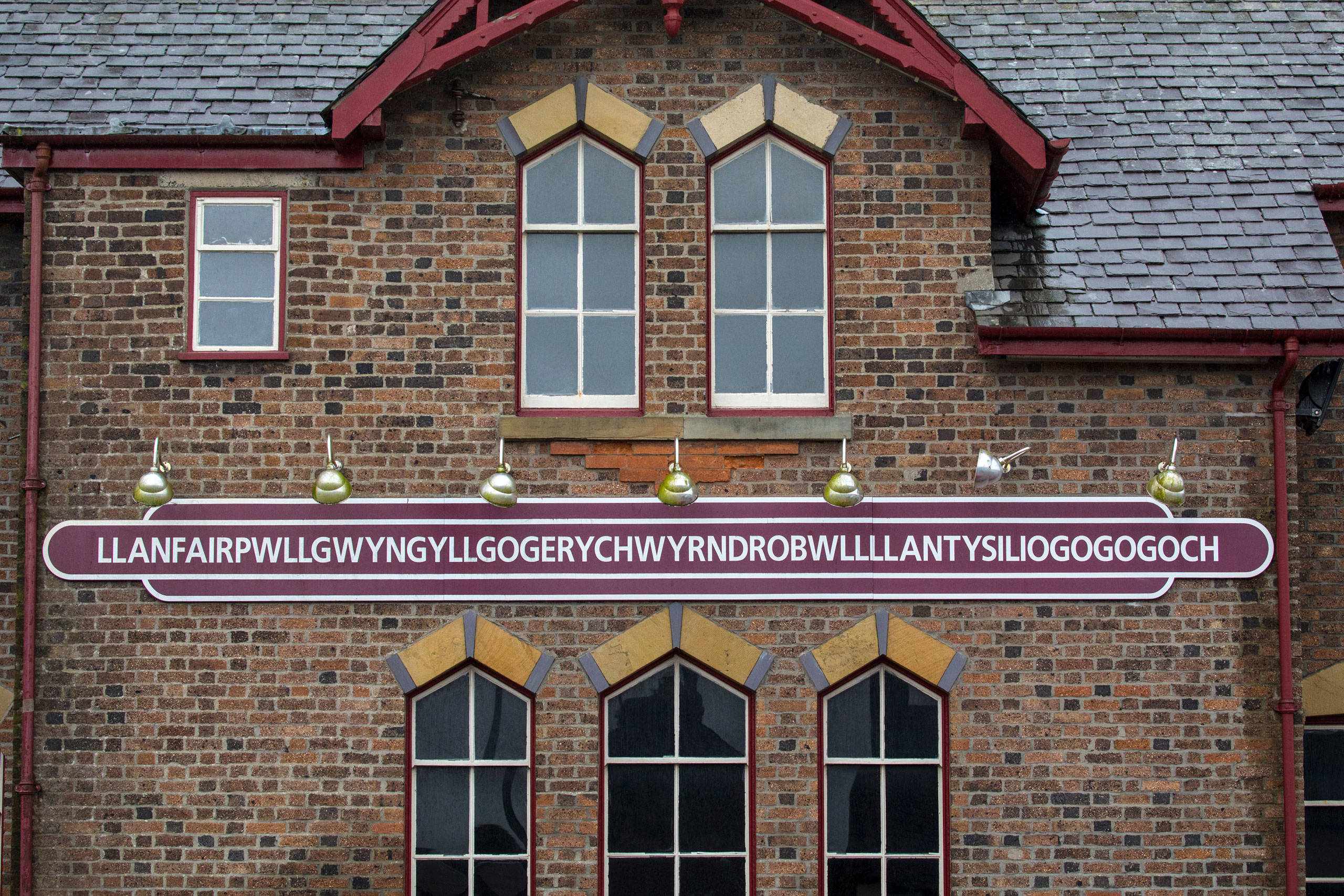Start by spending a few hours exploring the hidden gardens of Plas Cadnant, sitting on a quiet hillside above the Menai Strait. Once lost to the undergrowth, the glorious green spaces of this 200-acre/81ha Georgian estate have been revealed and reborn through an extensive restoration.
It’s really three gardens in one, featuring an unusually curved walled garden, a wild woodland garden with jutting stone outcrops and a valley garden, home to a series of tumbling waterfalls. Restoration work is still ongoing, so there may yet be more secrets waiting to be discovered.
Travel through Menai Bridge and towards Llanfairpwllgwyngyll on the A5. As you enter the town, you’ll see a short track leading to a car park on your right (what3words.com location: union.narrate.guests). Stop here for a short walk up the wooded hill to the Marquess of Anglesey’s Column.
Built in 1817, this 27m monument commemorates Henry William Paget, the 1st Marquess of Anglesey. Struck by cannon fire at the Battle of Waterloo, he is said to have responded with the understated ‘By God sir, I’ve lost my leg!’. Upon his return home, Paget was fitted with a wooden leg, a wonder of engineering that was the most advanced prosthetic of its time. Known as the ‘Anglesey Leg’, it can now be seen – alongside a host of other treasures – at nearby Plas Newydd, the Marquess’s former home, now in the care of the National Trust.
While you’re in the area, drop into Llanfairpwllgwyngyll’s train station, a little further along the road, to take a pic with the sign bearing the town’s unabridged name. Weighing in at a whopping 51 letters (and if you think that we've miscounted, Ll and Ch are single letters in the Welsh language), it’s the longest placename in the UK (and the second longest in the world). Here it is in its full glory: Llanfairpwll gwyngyll gogerychwyrndrobwll llantysilio gogogoch, which means ‘St Mary’s (Church) by the white aspen over the whirlpool, and St Tysilio’s (Church) by the red cave’.
Leave Llanfairpwllgwyngyll on the A4080 to Brynsiencyn, bearing left when you reach town to follow the brown signs to Halen Môn Saltcote and Visitor Centre. From a pan of seawater left boiling on a kitchen stove, this award-winning food business has become a globally recognised brand.


